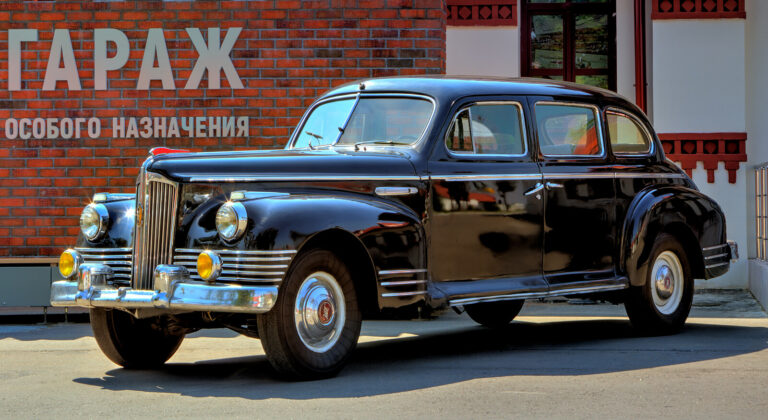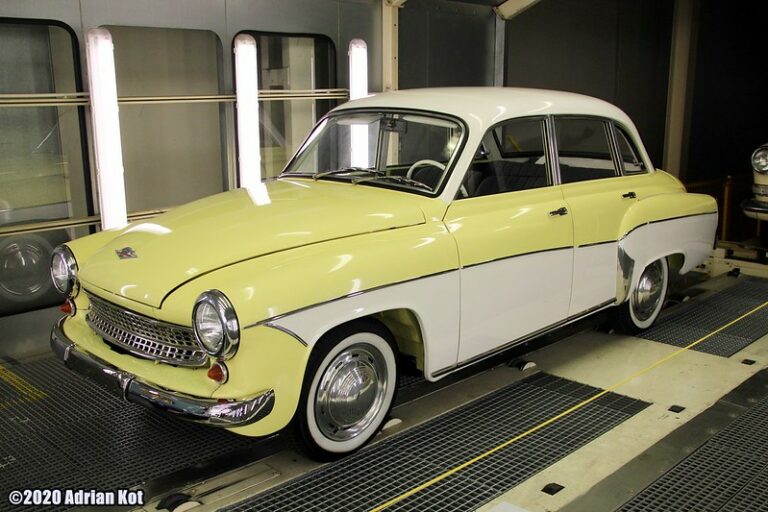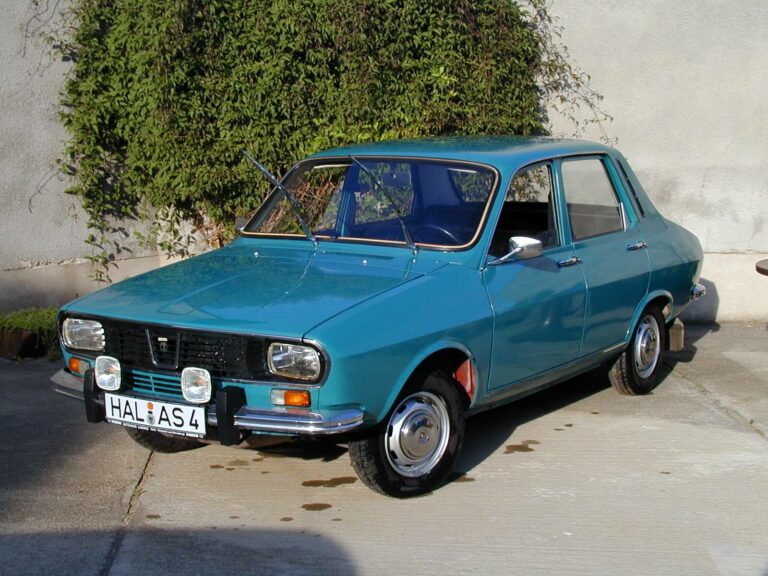1977 - The great Zaporozhetsek revision - 1
The Car Engine magazine July 1977, January 1978 and a three-part article on the same subject, ZK-91-08 in the November 1979 issues of Zaporozsec 968A from the pen of the owner, Otto Nagy. The author of the articles reports on the use and usability of the car, from the first drive through to the car's almost two years of age, sometimes in a funny, sometimes in a more serious, but always informative way.
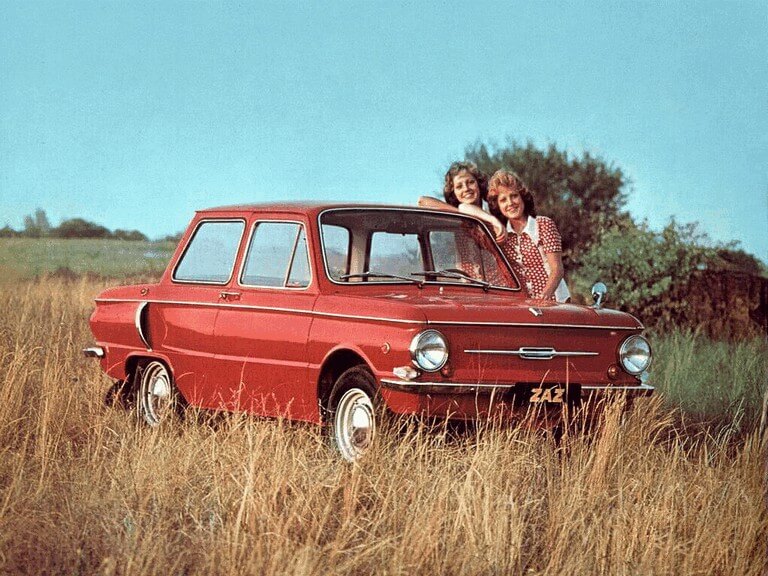
image source: www.mad4wheels.com
The ZAZ Zaporozhec was a rear-wheel drive, first-generation city car series designed from 1958 and produced from 1960 at the ZAZ plant in Soviet Ukraine. Different models of the Zaporozsec were produced until 1994, all with the same air-cooled station wagon engine. In the late 1980s, the last series, the ZAZ-968M, was replaced by the radically different ZAZ-1102 Tavria hatchback, which now had front-wheel drive and a more powerful water-cooled engine.
Like the Volkswagen Beetle or the East German Trabant, the Zaporozhecs were intended to be the "people's car" of the Soviet Union and as such were the cheapest vehicles of their time. Its engine was quite powerful, and it became famous for being easier to handle on the bad roads of the time than many of its more expensive counterparts; its ease of repair was also cited as one of its advantages. The ZAZ was also the car that was made available in the Soviet Union to disabled people and war veterans in special versions designed for this purpose, at a considerable discount or even free of charge.
Below is the first transcript of the article series, published in July 1977:
♠
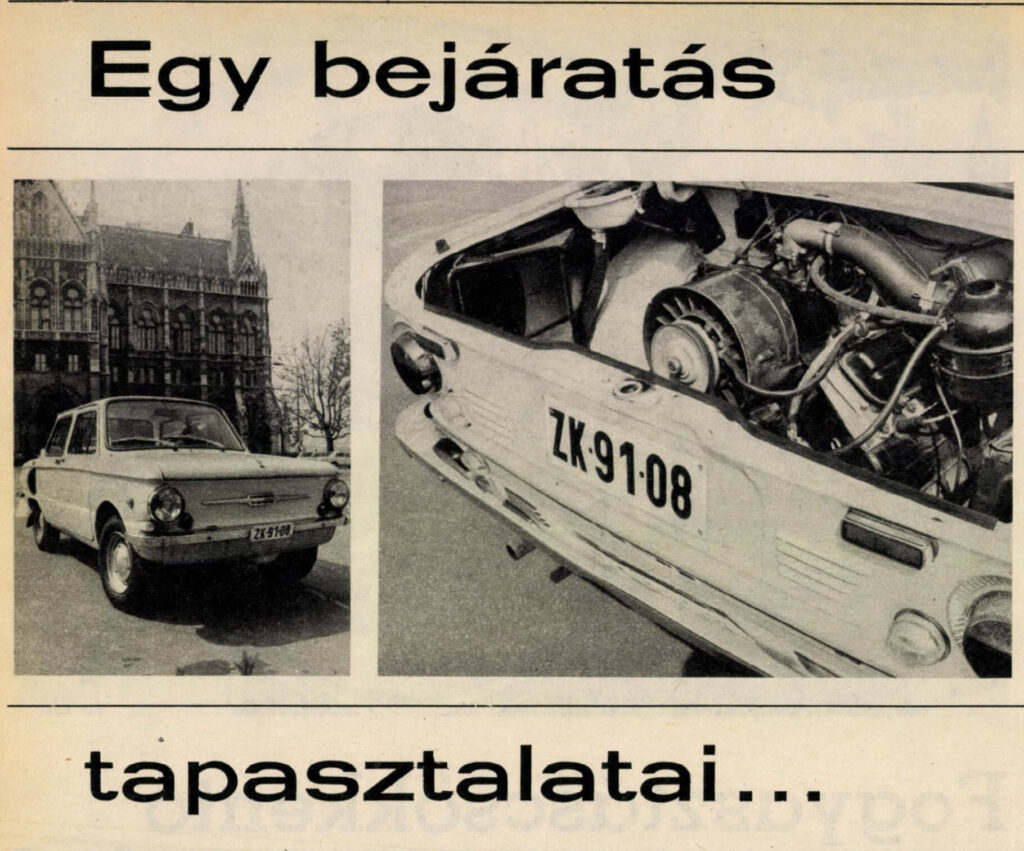
It started with the opportunity to choose from eight clean, yellow-coloured cars at the transfer depot in Csepel. So the colour selection was over quickly, but I soon noticed the new-look dashboard of one of the ZAZs. That was my choice.
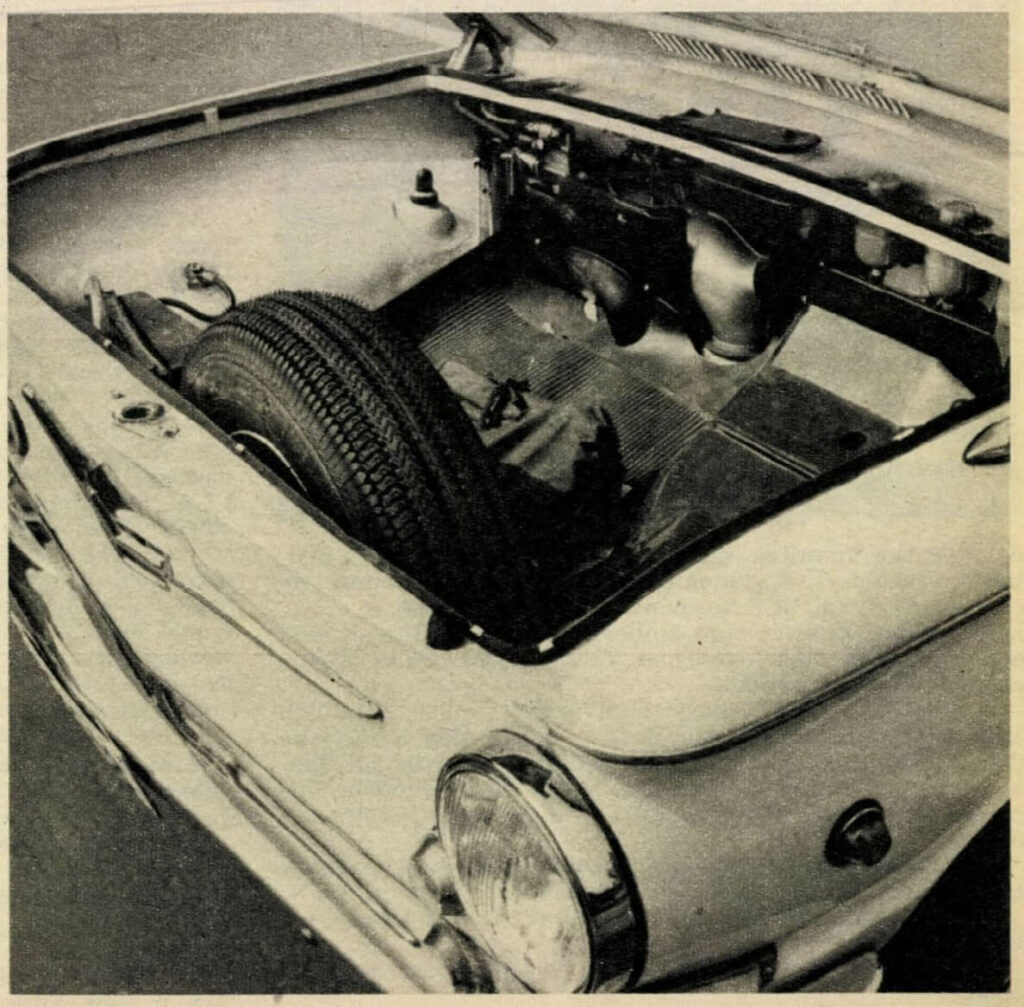
My previous car did not pass the baptism of fire because I bought it second-hand. With this one, I soon realised we were going to have problems. Firstly, it wouldn't let me change gears at the speeds I was used to. I thought, and how right I was. Not only was the "little one" slow on uphill gradients, but on the straight stretches of road it was not easy to pull out well. But at higher revs, it became all the more agile.
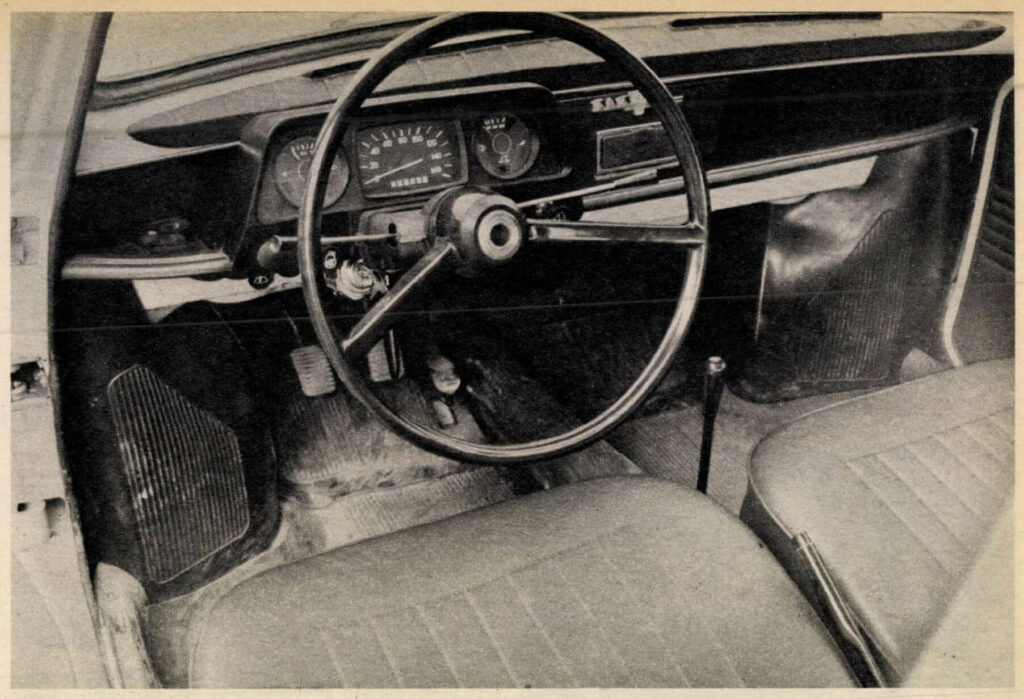
Throughout the whole run-in, he stuck strictly to the manual, even though I would have liked sportier accelerations. It only showed a willingness to do this slowly, after about 2000-2500 km.
A few words about the service: at the first inspection the ZAZ was without complaints. At the second inspection (2000 km) a cable blew and the front cylinder failed, and I had to have the parking brake repaired. Since then I have had no complaints, except for an unpleasant rattling of the exhaust drum slats. A replacement was quoted for, but due to a shortage of parts they have not been able to complete the work to date. I had the oil changes done at the service station at the specified times (Áfor Super single stage - winter oil). I did not use any additives.
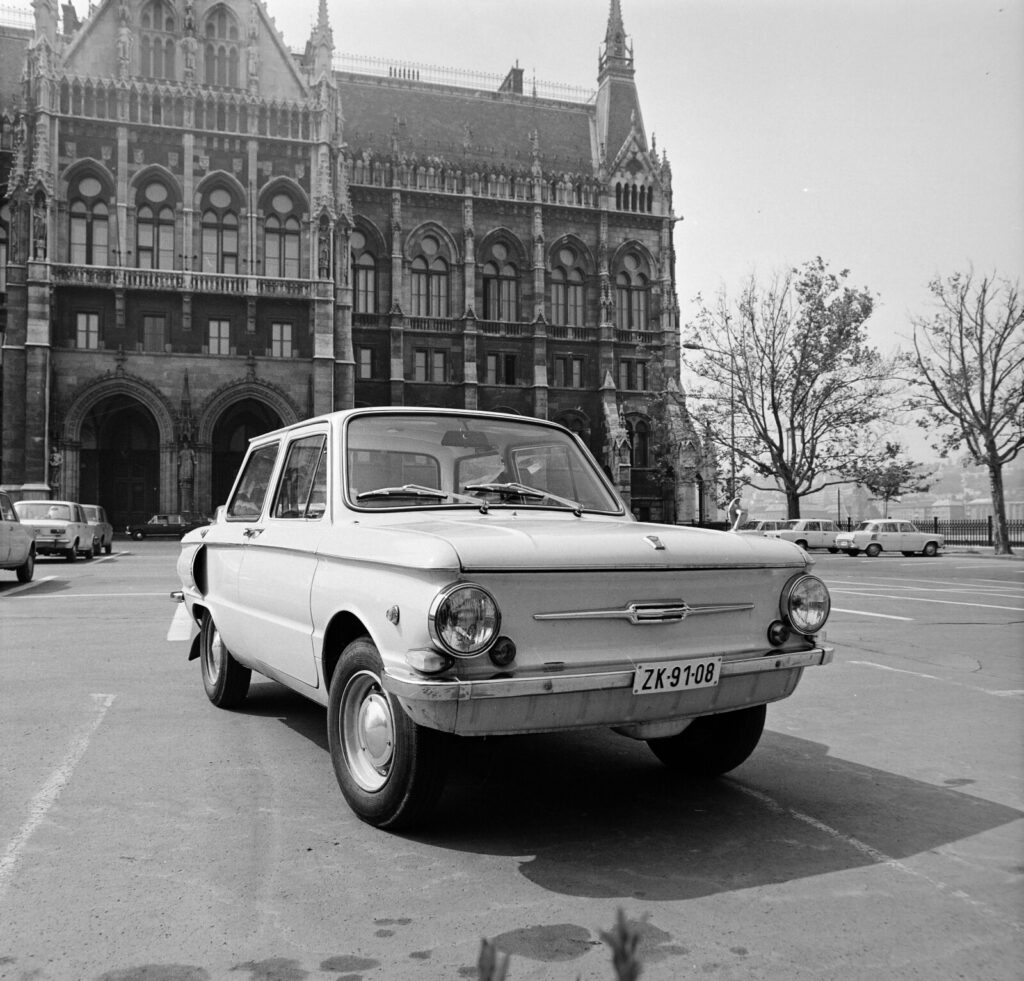
The hero of the article poses on Fortepan. Image source: fortepan 195128 / Bojár Sándor
I took delivery of the car in mid-January on one of the coldest winter days. I decided from the start that I would record its consumption. I was a little disappointed with the average of 10.4 litres over 2000 km, but that had to include the use of the heater and its consumption.
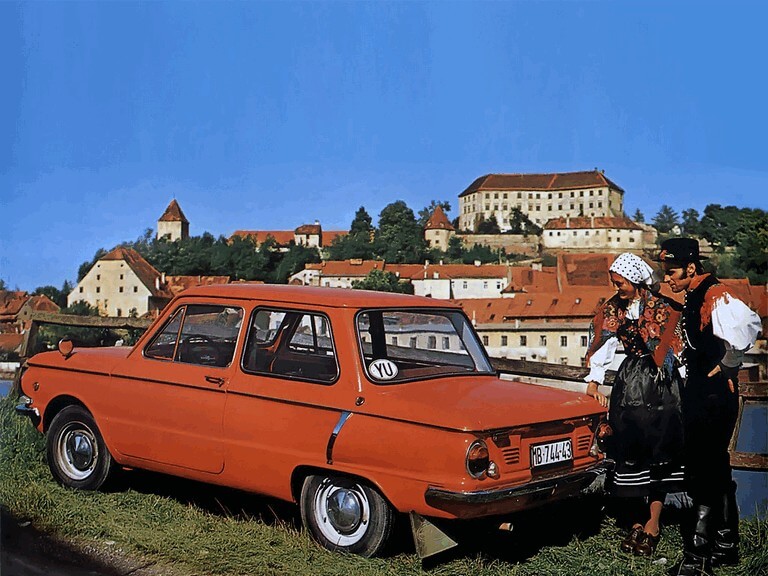
image source: www.mad4wheels.com
I started the run-in with a longer trip to the countryside, so I signed up for the 500 km service after the first Saturday-Sunday ride. In my experience, the recommended 86 mormal petrol is adequate, but in my personal opinion it prefers the Áfor standard to the others.
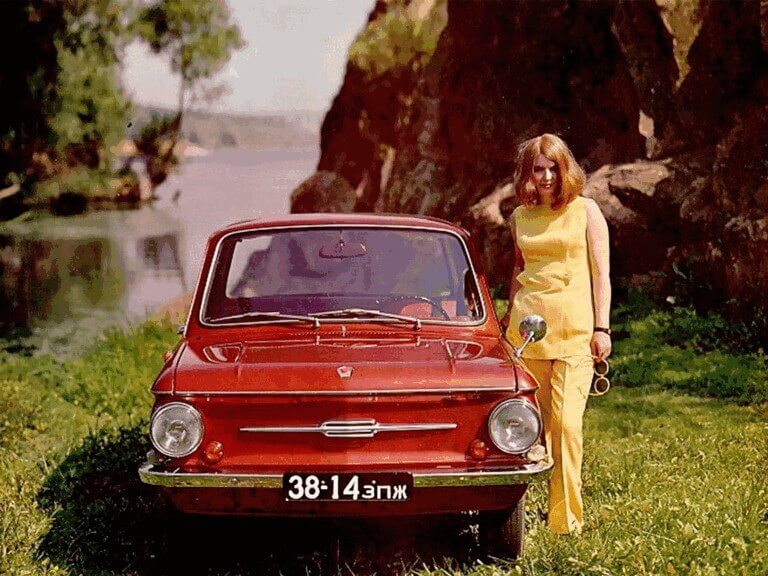
image source: www.mad4wheels.com
I was reassured when the factory fuel consumption (8-9.1) "settled" at around 3000 km, and has maintained it ever since. No parts or major components had to be replaced during the run-in period, other than the aforementioned production-error exhaust. After the run-in period, the car's acceleration and speed stability also reached the specified values.
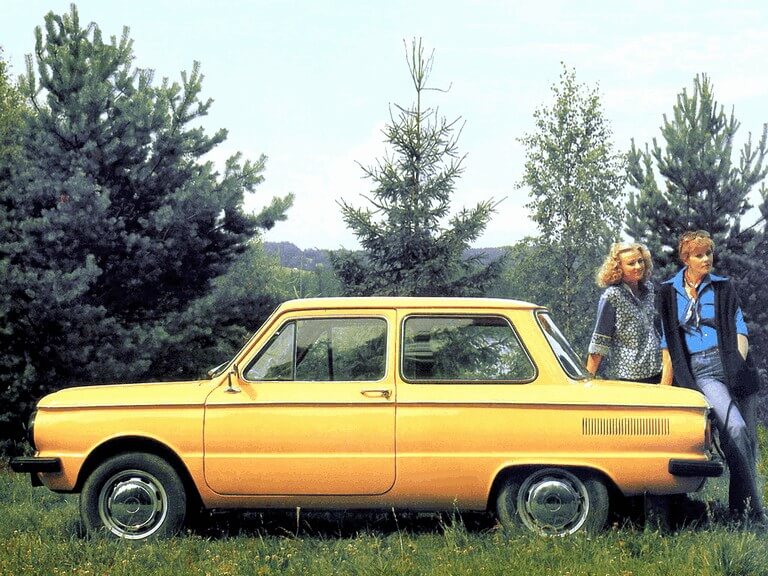
The successor, the 968M, is the last Zaporozhet model produced until 1994. image source: www.mad4wheels.com
Meanwhile, at around 1500 km - as a test - I installed a thyristor ignition system. It did not work. At high revs I experienced jerkiness and stalling, but the cold start readiness of the engine was noticeably improved. The other problem was probably caused by poor quality parts in the thyristor accessory. They gave up the ghost in the March heatwave. However, after the conventional ignition was reset, the engine started to run perfectly again.
We've both got over our initial trepidation now, so I can tell you what I like about the new edition of the Zaporozsec 968/A.
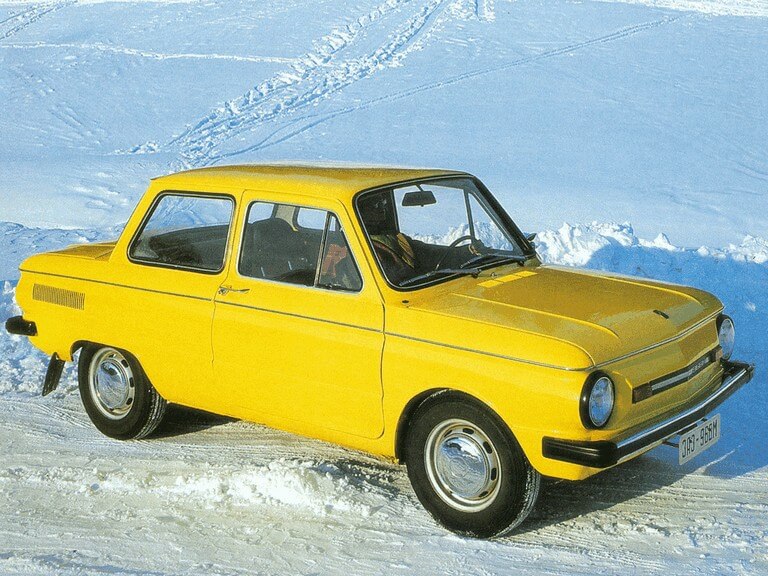
image source: www.mad4wheels.com
I like the fact that in this price range (there is not much choice), you get a car that is significantly more than its price. Contrary to the opinion of car "experts", this car is better than that. Better because it offers a comfortable ride for four, and its bull engine can take you up the wall. At least it climbs every hill with ease and doesn't let you down easily. Finally, it's affordable and affordable for car-loving families.
Of course, I also have a few objections: the petrol tank has been increased from 30 to 40 litres. This is good, but, unfortunately, the factory has done this at the expense of the interior boot space. But it's a good thing that the interior has been made to fit in the boot, which is a big improvement on the exterior.
And noisy - say others. True, but it's no noisier inside than a similarly built VW Beetle or Fiat 500. Still, there is room for further noise reduction, and it's a shame the factory didn't take advantage of it.
Of course, the real tests will come after the run-in period, but I hope to continue to get on well with the car.
N. O.
